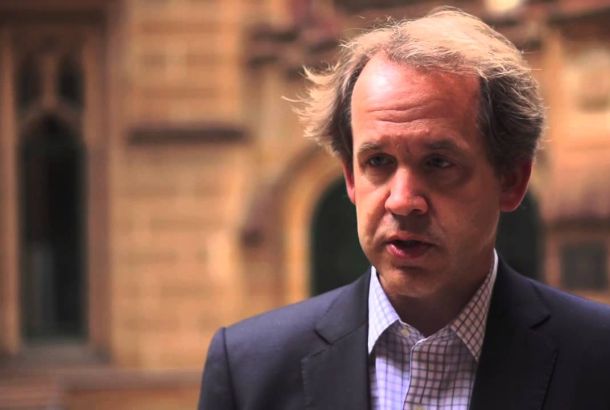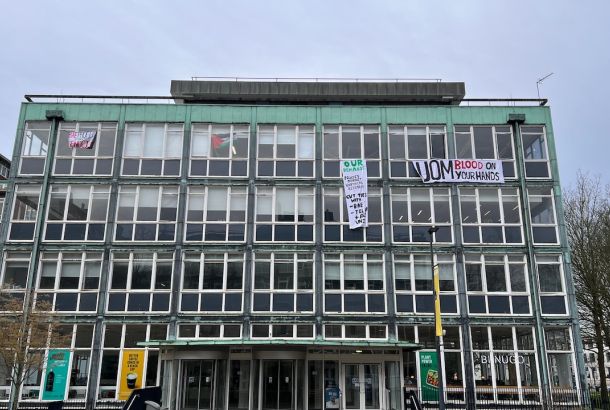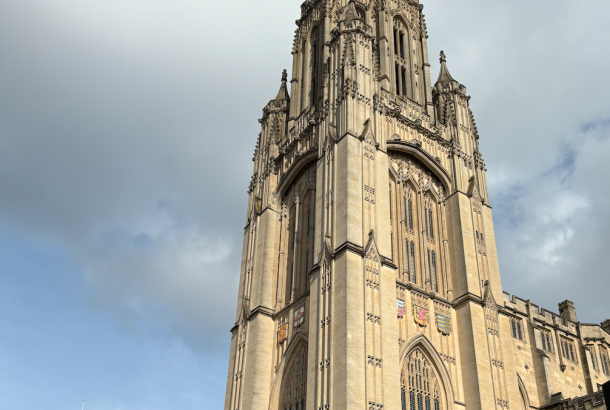A unique 17th century map of Lancashire has been placed on display for the first time in 400 years, after being found by historians in the John Rylands Library.
The map had been in the Library’s records for 35 years; however experts were not aware of its existence until last month. They were alerted to the fact by Alan Monks, a friend of the map’s previous owner, Leonard Penna. A collector from Cornwall, Mr Penna had bequeathed the document to the library. It had been transferred to the archives area upon his death, in 1979.
The Elizabethan hand-drawn map shows towns and villages of what now constitutes Greater Manchester, including Didsbury, Gorton and Stockport—although it also proves that the settlements were known by different names at the time (Diddsbury, Garton and Stopford). The design shows the rivers Tame and Irk in detail and includes districts such as Ordsall (Wordsall), Agecroft (Edgcroft) and Prestwich (Prestroich).
It is thought that the map was produced by cartographer Herald William Smith, between 1602 and 1604—long before Manchester became a prosperous industrial metropolis. The Lancashire design is believed to have been part of a planned England atlas, for which at least twelve counties were mapped.
Dr Ian Saunders, an expert from Lancaster who has researched and collected maps for thirty years, said: “It is a full-size design for a copper plate to be engraved in Amsterdam by Jodocus Hondius, who was the finest map engraver of the period.
“It is thought that the county series was never completed due to Hondius taking on the commission for engraving a new atlas by John Speed, The Theatre of the Empire of Great Britain, which has been celebrated for 400 years as one of the world’s most popular cartographic treasures.
“Speed openly acknowledged his friend Smith’s influence on his own maps and it is probable that his publisher George Humble bought the twelve plates and stored them away to prevent their use for a competing publication.”
Housing 250000 printed volumes and more than a million manuscripts and items, some say it is possible that other unknown treasures lie in the John Rylands Library’s shelves, but that only time will tell.
Dr. Saunders worked with John Hodgson, a manuscripts and archives manager and Donna Sherman, who is a map librarian at the Library, to bring the Lancashire map to light. University staff members have now digitized both sides of this map for the purpose of it being more closely examined. Experts will be studying its content as well as 17th century printing techniques.
After laying effectively untouched in the library for nearly four decades, this fascinating glimpse of Mancunian past is now on public display at the John Rylands library and will remain so until December the 22nd.







